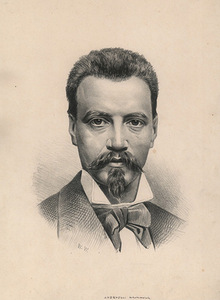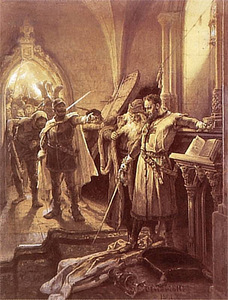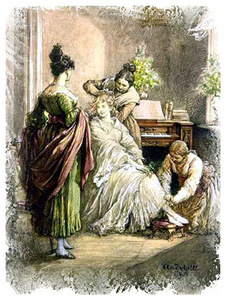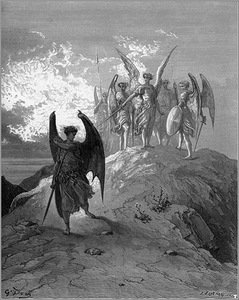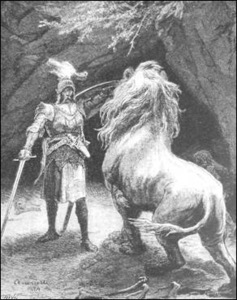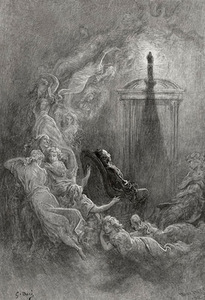Elvyras Mykolas Andriolis - between the chains of prison and European glory 2
In brief: Lithuanian painter and graphic artist Elvyras Mykolas Andriolis (1836-1893) did not only paint monumental paintings, he had also created artistic-looking illustrations for the most famous Lithuanian and Western European literary works. In addition, he famously participated in the 1863–1864 uprising. Second part of the article deals with this significant phase of painter's life.
When he returned home after studying in Italy, E. M. Andriolis fell in a whirlwind of resistance that started in Lithuania and Poland against the Tsar's rule. Apparently, inspired by the circumstances, painter, who had eloquence and authority among young people, rushed to organize an army of hundred and after the beginning of armed conflict left to the region of Trakai, to help Kletus Julius Koreva (1837–1863).
Following the young artist's path of combat, one unwittingly raises a question - what led him to take up arms? He stated all the incentives in detail, in the investigation file "I forgot to mention, that I was particularly interested in the genre of battle. It can be explained by my acute personality and passionate love for adventures. You cannot be a battle painter and not have seen a battle. I was also seduced by the originality of situation, its attractiveness, news and finally an example of all the young people. However, these arguments should be open to doubt, because his answers were influenced by a current political circumstances and a wish to minimize the punishment. Especially because painter was disappointed by the idealized image of battle. In reality, battles gloriously described in novels and his father's stories appeared to be ugly. "After I noticed that, I wanted to give up the rebellion and go back to painting, but things were so bad that I was not able to go back to normal life."
Seeing the collapsing rebellion and trying to escape the dangerous circumstances painter moved to St. Petersburg where he hid under the names of Malinovski and Brzozovski. During his exile Lithuanian painter received a well-deserved recognition. Here he created lithographs on the January uprising, for example "L. Narbutas Death at Dubičiai" where he incorporated a portrait of himself.
E. M. Andriolis left for Lithuania in 1866 through Turkey. From there, through the Black Sea he arrived to Crimea, then to Odessa, crossed the Moldovan border. While crossing the Prut River he was given away to Russians by a smuggler. He tried to escape from the prison but was caught, beaten and send to Vilnius to await the trial.
E. M. Andriolis was saved from the gibbet by a woman - Pelagija Šeremetjeva (Пелагея Васильевна Шереметева, 1802–1871), wife of the governor general; she was famous for her beauty back in the day. Painter had received her photograph and painted a picture of her. She then convinced her husband to soften the punishment.
E. M. Andriolis illustrated the most famous Lithuanian literary works. The series of 24 illustrations created in 1881, for the jubilee edition of A. Mickevičius "Sir Thaddeus" stood out from all the drawings. According to the sources painter knew all the works by this poet and valued them immensely.
E. M. Andriolis name became famous throughout Europe after the death of a world-famous French illustrator and painter Gustave Doré (1832–1883). A person to fill in the void left by Gustave Doré was E. M. Andriolis, who in 1883 was invited to Paris for a position of chief illustrator at the publishing house of Firmin Didot. According to historiography, E. M. Andriolis drawing style was similar to Gustave Doré lithographs that is why, the publishing house did not want to change the form of illustrations and were looking for someone to replace the great master.
Polish weekly publication Tygodnik Illustrowany wrote quite aptly on E. M. Andriolis realism in 1893 "This realism of Andriolis is always full of imagination, which attracted him and was the one to blame for his deviation from the truth - and I do not know whether it is appropriate to say - often improvised his drawings based on the motives of reality. His landscapes had something decorative in themselves, some traits of romanticism, some fantastic exuberance, like the figures which characteristics was often exaggerated and almost always without peace and moderation."









